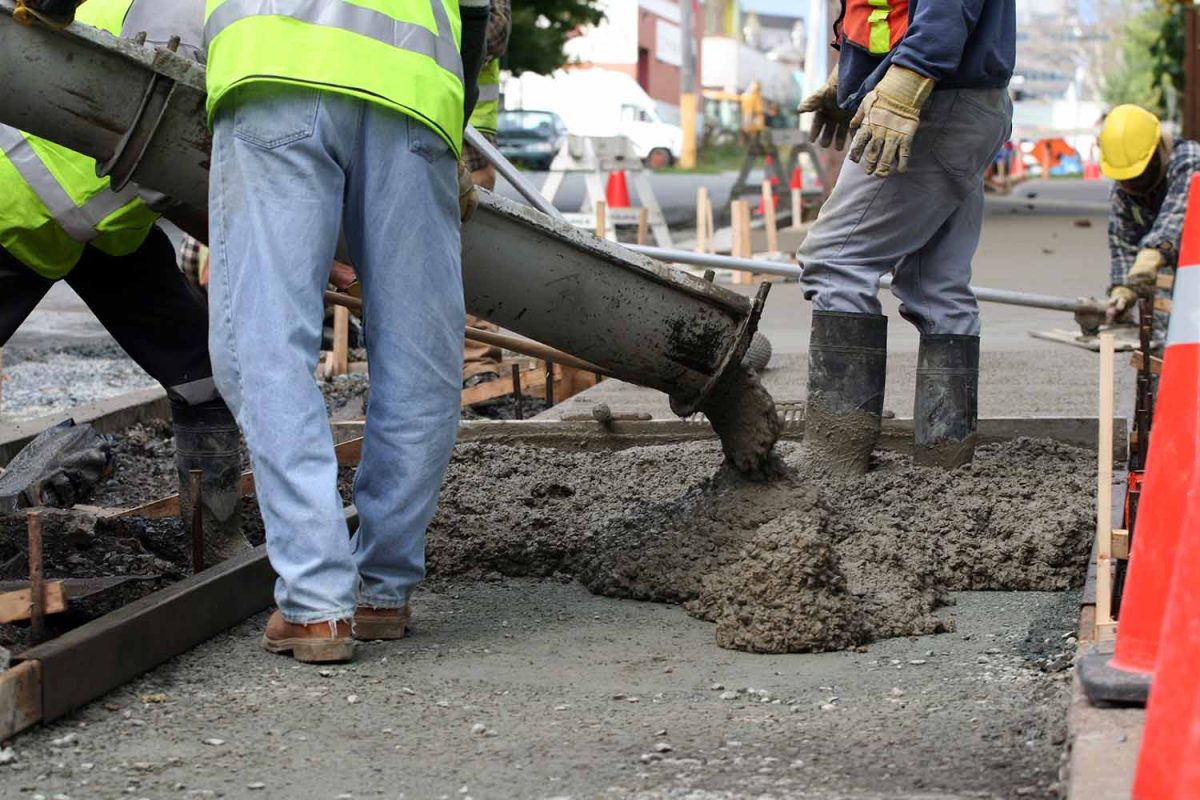Pouring Concrete In Cold Temperatures
Pouring concrete during the cold winter period can’t be completely avoided unless you’re prepared to shut your business down for a few months.
Thankfully, it can be done, although there are a few things you need to do and bear in mind to ensure you get the best results. And if you get it wrong, there’s a chance that your new concrete may become unusable, leaving you facing the prospect of starting again with a lot of wasted time to make up.

The issues you’re likely to face will vary depending on just how cold it gets. Unfortunately, the British weather is rarely so accommodating that the temperature is exactly as forecast by the experts, so you’ll have to be prepared to adapt should the mercury fall lower than expected.
The critical thing to bear in mind is that if the temperature of the concrete drops below freezing, the water in the concrete will freeze and expand by 9%; that in turn will cause potentially catastrophic damage to your new concrete.
Water in fresh concrete is usually absorbed 24 to 48 hours after pouring under normal conditions, so you need to prevent it freezing within that first 48 hours. Alternatively, you can measure the compressive strength of your concrete; once it reaches 500 psi you should be safe for a single freeze-and-thaw cycle.
Let’s take a look at a few winter weather scenarios, find out what they can do to your concrete – and what you can do to stop that happening. In all cases, it’s worth remembering that the concrete needs to be at least 5ºC when it’s poured, and will achieve optimum strength faster when it’s at least that temperature subsequently.
Scenario 1: Air temperature is between 0ºC and 5ºC
When the temperature falls to less than 5ºC but there is no frost, there is little danger of permanent damage being done to your new concrete, but it will take longer than usual to reach the required strength. That will mean you still need to be extra careful; for instance, leave the formwork on for longer than you normally would, because otherwise you run the risk of damaging the concrete when you remove it.
Scenario 2: Small amounts of frost at night
If you’re confident that the concrete is at least 5ºC when poured, you can protect it overnight by covering it with thermal blankets and ideally insulated formwork as well – you’re unlikely to get enough protection with standard timber formwork. If you watch winter weather forecasts, you’ll be aware that cold winds can significantly affect the ambient air temperature, so if you’re expecting cold winds, it would also be sensible to put some windbreaks around the site.
Scenario 3: Severe day and night frosts
If you know that the temperature is going to be dipping below freezing when you need to be pouring, it’s best to protect the ground with thermal blankets, so that you can be sure that the surface you’re pouring on is at a high enough temperature.
When it comes to mixing and pouring, adding heated water should ensure that the temperature of the concrete stays above that critical 5ºC mark.
At Neil Sullivan & Sons, we’re a family-run business based in Wickford with many years of experience mixing and delivering concrete to customers across Essex, Suffolk and Greater London under all conditions. With rapid delivery always available, together with expert advice on the correct mix for your project, there’s no better concrete services company in the area. Call or contact us now for more information or to place your order.